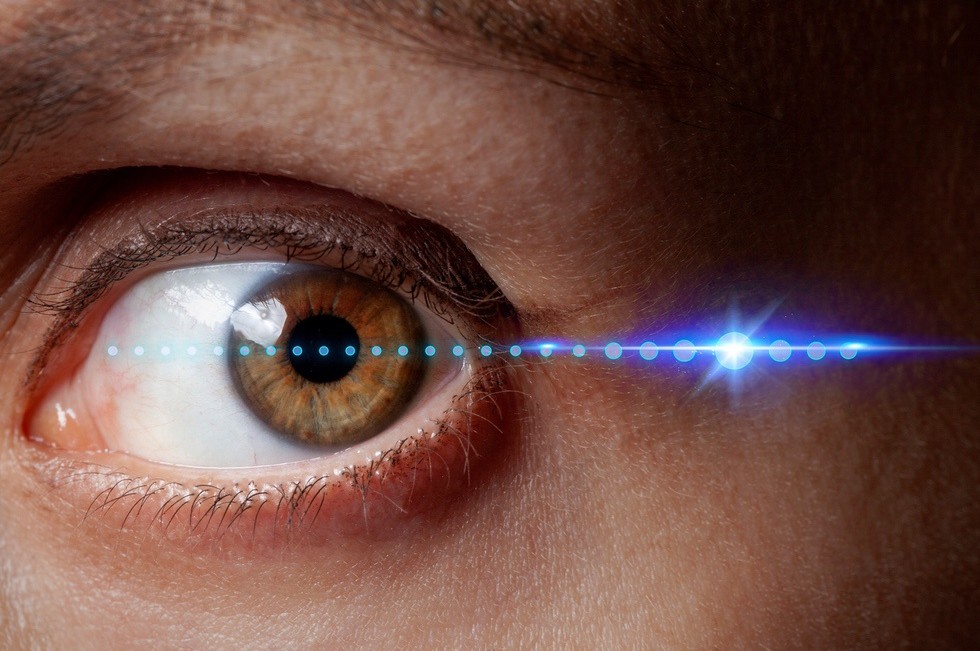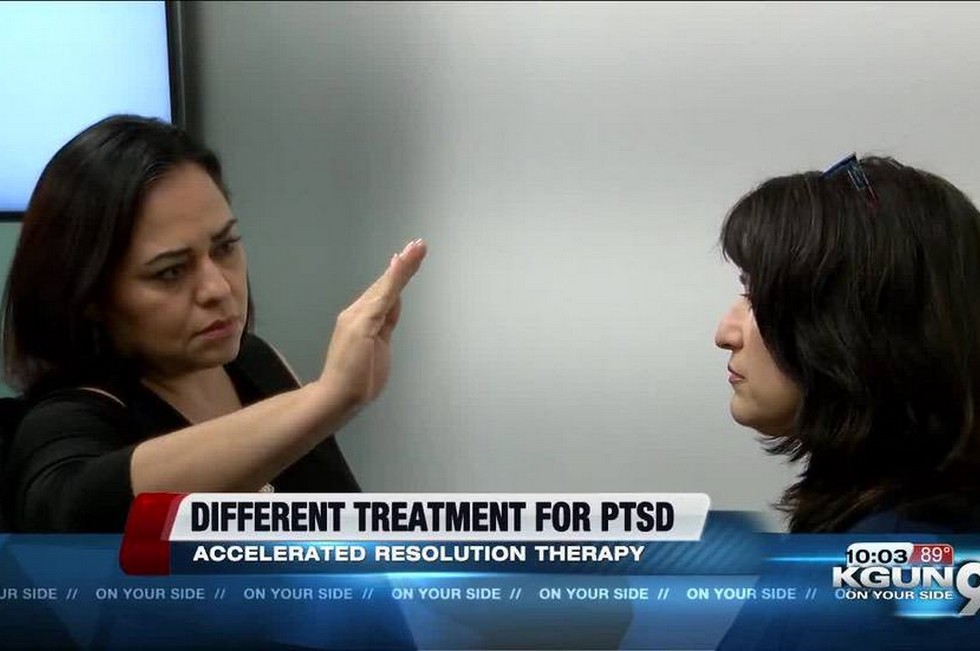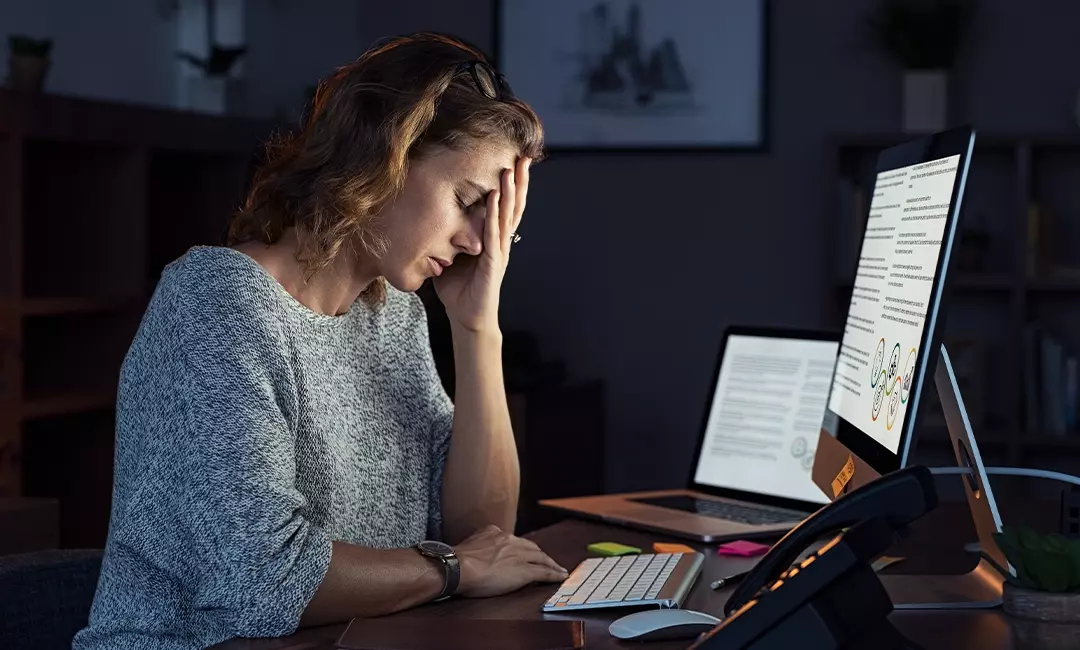Summary of Key Points:
- Accelerated Resolution Therapy (ART) is uniquely effective at helping individuals overcome trauma-related challenges because it can provide measurable results in just a few sessions and is often more comfortable than exposure therapy alone.
- ART uses aspects of Eye Movement Desensitization and Reprocessing (EMDR), as well as guided meditation, visualization, and other techniques. ART aims to give clients tools they can use to safely identify and work through difficult emotions created by traumatic memories.
- Therapy Utah can match you with a therapist trained in ART so that you can start addressing your trauma and its root causes in effective ways.
Trauma affects practically everyone at some point in their lives— overcoming it is different for every single person, specific therapeutic approaches have proven to be broadly effective. ART therapy is an increasingly popular way to deal with trauma and its impact, due to its ability to provide results in a relatively short amount of time.
Therapy Utah provides individual therapy services conducted by therapists with a wide range of certifications and specializations, including ART therapy. Below, we break down the ways that using this method to address trauma can be beneficial and explain what’s involved so you can make informed decisions about accessing the right care for your needs.

Via Adobe Stock.
How Trauma Affects You
Trauma is an emotional response to an extremely distressing or disturbing event, which can result in significant emotional, psychological, and physical effects. After undergoing trauma, you may experience anxiety, depression, flashbacks, and difficulty functioning in your daily life. The impact of trauma varies from person to person and also depends on the nature and severity of the event that caused it.
ART Therapy At a Glance
Accelerated Resolution Therapy (ART) is a relatively new, evidence-based psychotherapy that aims to help individuals process traumatic memories and reduce the emotional and psychological distress they cause. It uses a combination of relaxation techniques and rapid eye movements to facilitate healing.
ART therapy differs from other forms of trauma therapy in its focus on rapid results and its unique use of eye movements to process traumatic memories. Unlike traditional talk therapy, which may take a long time to produce results, ART therapy often offers relief in a shorter time frame.
A Personalized Approach to Healing
Personalization is an essential part of the healing process because your experiences, reactions, and needs are unique. A personalized approach considers your specific circumstances, history, and preferences to create a tailored treatment plan.
ART therapy facilitates a personalized approach to healing by working with your specific traumatic memories and unique emotional responses. This allows your therapist to address your specific needs and help you make effective progress towards your goals.

Via Adobe Stock.
Key Elements of ART Therapy
- Guided visualization: Your therapist helps you create and hold a mental image of the traumatic event while experiencing a sense of safety and control.
- Voluntary memory replacement: You’ll be encouraged to replace\ distressing images with positive or neutral images, helping to decrease emotional distress.
- Rapid eye movements: Your therapist guides your eye movements back and forth, which aids in processing and reconsolidating traumatic memories. This technique is also the basis for EMDR (Eye Movement Desensitization and Reprocessing).
- Relaxation and grounding techniques: These help you stay calm and focused during the therapy session.
- Memory reconsolidation: Your therapist helps you integrate the new, positive or neutral images into your memory, effectively altering the emotional impact of the traumatic event.
- Bilateral stimulation: Your therapist may use additional techniques, such as tapping or auditory cues, to stimulate both sides of the brain and facilitate memory processing.
- Ongoing assessment: Your therapist continuously assesses your progress and emotional state, adjusting the session as needed to ensure a safe and effective therapeutic experience.

Via KGUN9.
The Science Behind ART Therapy
ART therapy’s effectiveness has been documented in numerous studies and papers. Specific highlights of this research include ART therapy’s ability to provide noticeable and long-lasting results in less time than exposure therapy and with less potential to cause distress or discomfort. ART therapy’s ability to address trauma that is years or decades old is also frequently noted.
The Benefits of ART
Some of the benefits you may experience by using ART to address trauma include:
- Reduced emotional distress: ART therapy helps alleviate symptoms of anxiety, depression, and PTSD by processing and reconsolidating traumatic memories.
- Minimally invasive: ART therapy does not require you to discuss or revisit traumatic events in detail, reducing the risk of retraumatization that sometimes comes with exposure therapy.
- Versatility: This form of therapy can be adapted to treat a wide range of individuals and trauma types, including complex trauma and treatment-resistant cases.
- Improved coping skills: ART therapy can help you develop healthier ways of managing stress, emotions, and triggers related to your trauma.
- Enhanced self-awareness: ART therapy can provide you with perspective on your own emotions, reactions, and thought patterns related to the traumatic experience.
- Greater sense of control: By taking an active role in your healing process, ART therapy lets you regain feelings of control, resilience, and self-efficacy.
ART Therapy FAQs
How Long Is a Typical ART Therapy Session?
Most ART therapy sessions last between 45 minutes to an hour.
How Long Does it Take to See Results from ART Therapy?
Many clients begin to notice significant improvements after 1-5 ART therapy sessions.
Does ART Have any Risks?
ART is widely considered safe by the therapeutic community. However, it is important to note that any kind of psychotherapy can create a certain level of emotional or psychological discomfort as you deal with negative feelings and memories. By working with a therapist trained in ART, you can make sure that these experiences take place in a safe and supportive environment.
Can I Use Self-Help Techniques or Other Therapies to Supplement ART?
Yes—Self-help techniques and complementary therapies that can support the ART therapy process include mindfulness meditation, deep breathing exercises, journaling, and regular physical activity.
How Can I Support a Friend or Loved One Using ART to Work Through Trauma?
As a friend or family member, you can support a loved one undergoing ART therapy by providing emotional support, understanding, and encouragement. You can also learn more about trauma and the therapy process so that you’re better equipped to support your loved one’s journey towards healing.
How to Find a Qualified ART Therapist
ART therapy can help prevent trauma from controlling your life when you go in knowing what to expect and find a qualified therapeutic partner who can guide you through the process. Contact Therapy Utah now to be matched with a therapist whose methods and experiences will help you outgrow your trauma and improve your quality of life.










